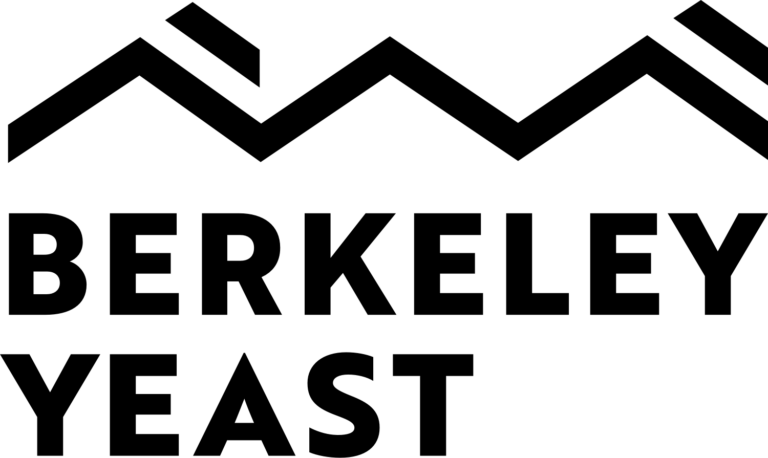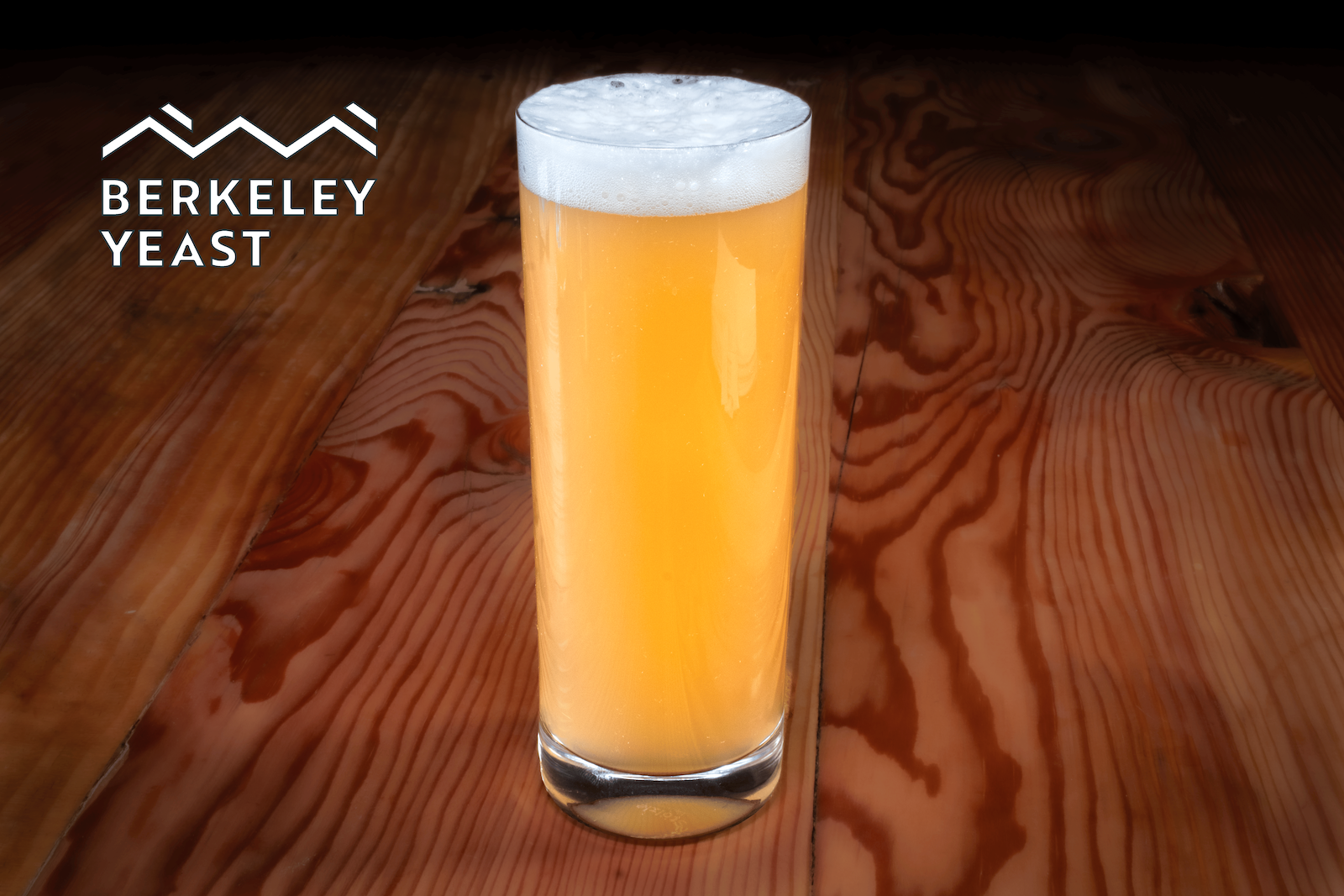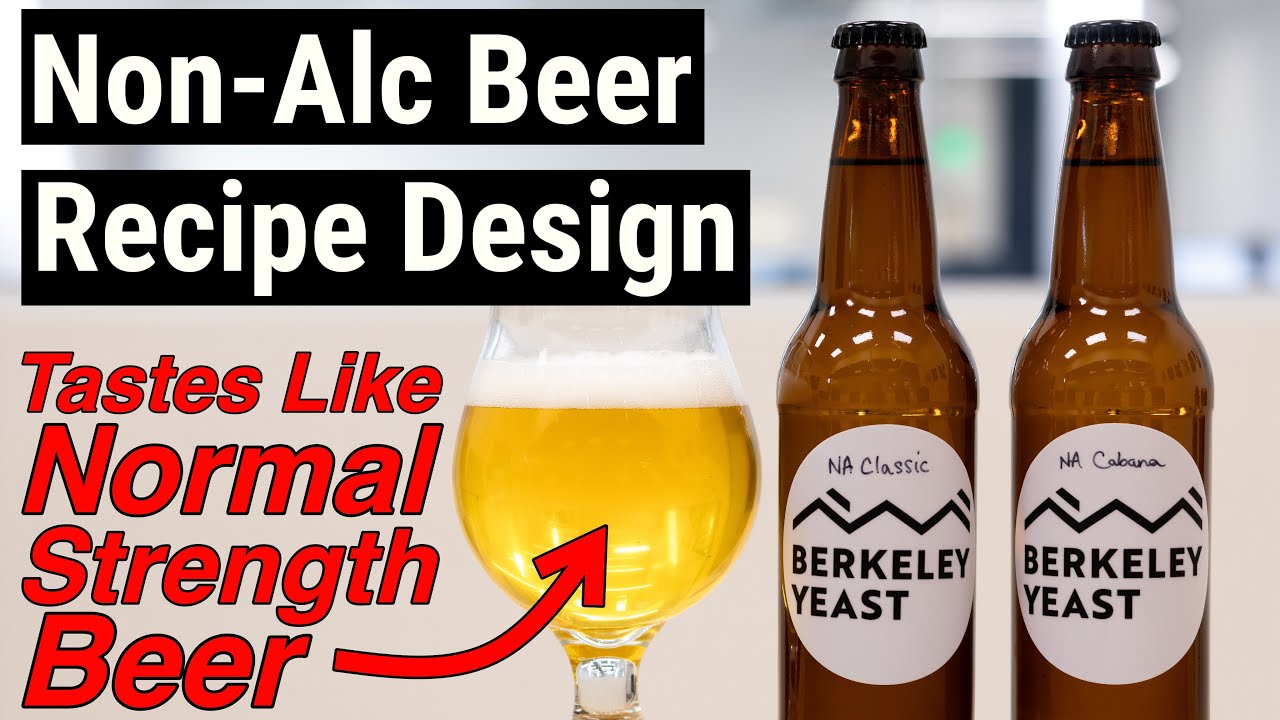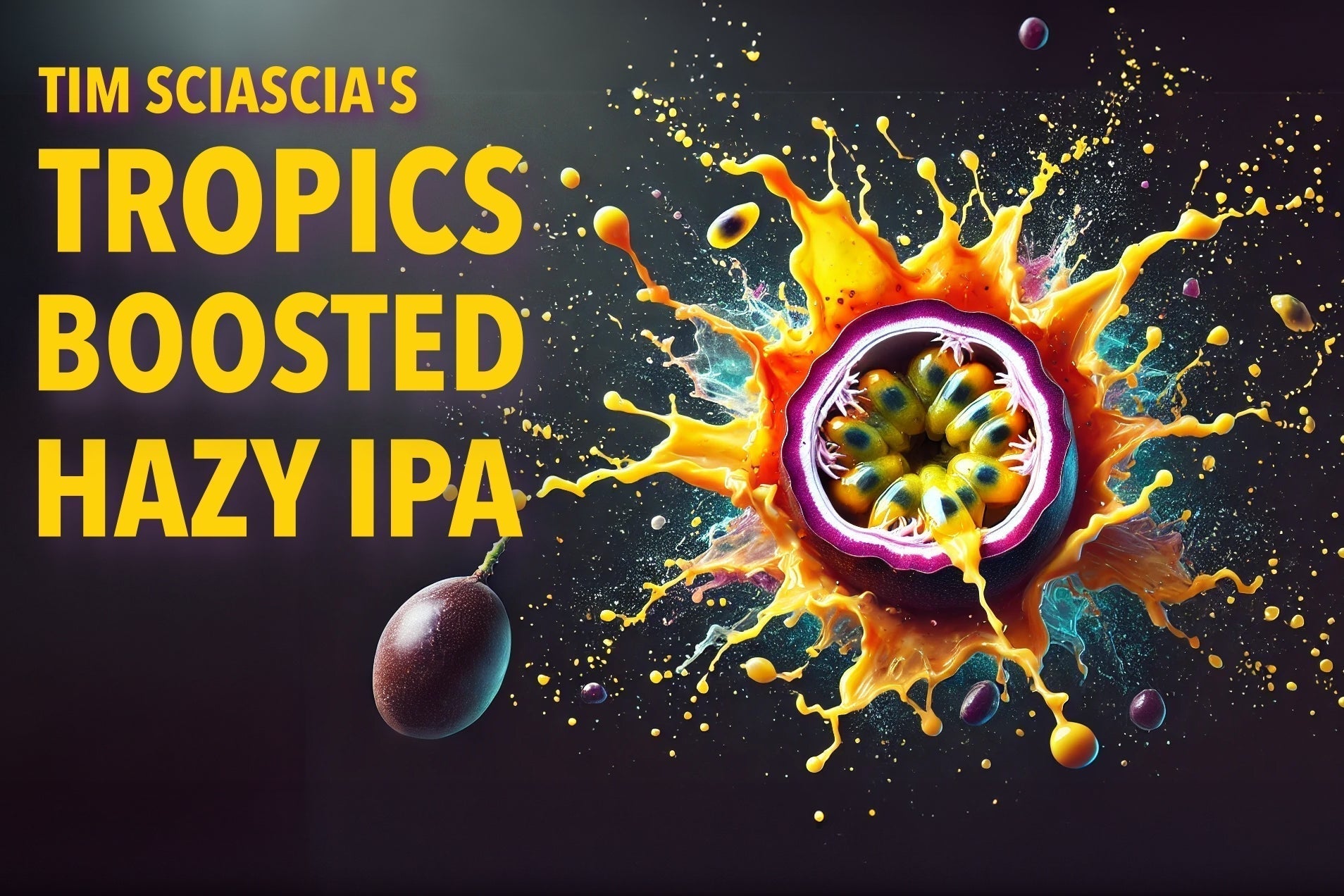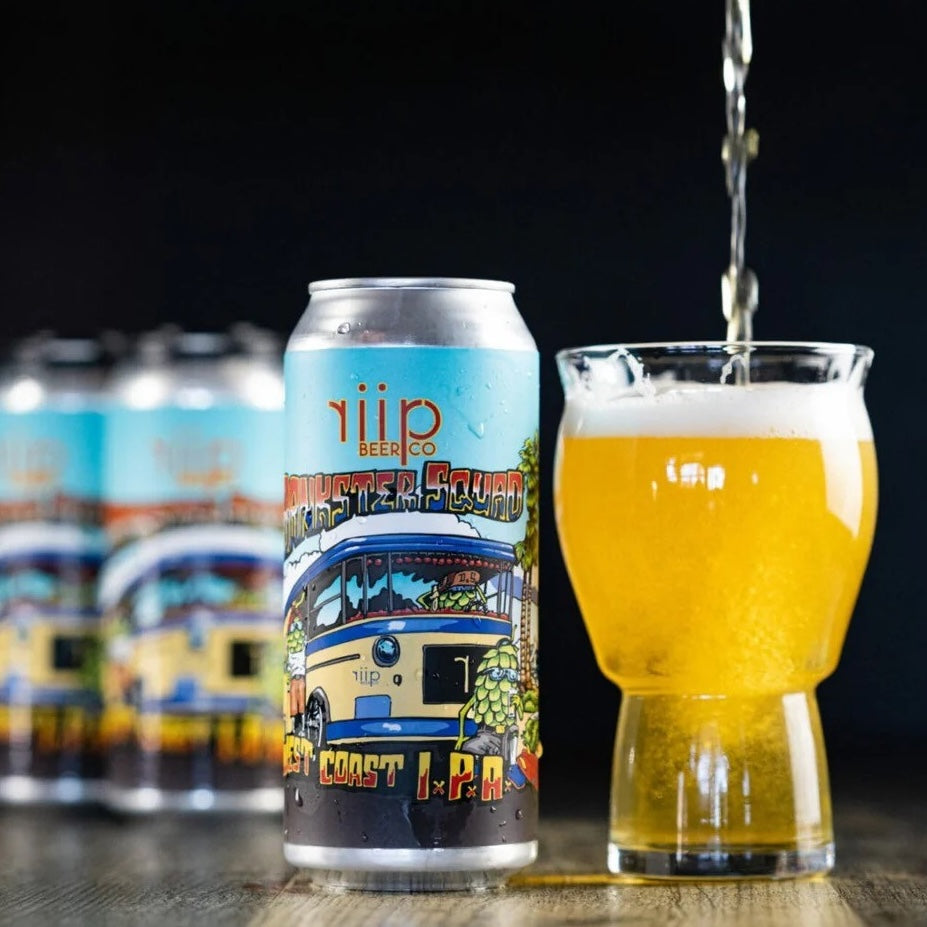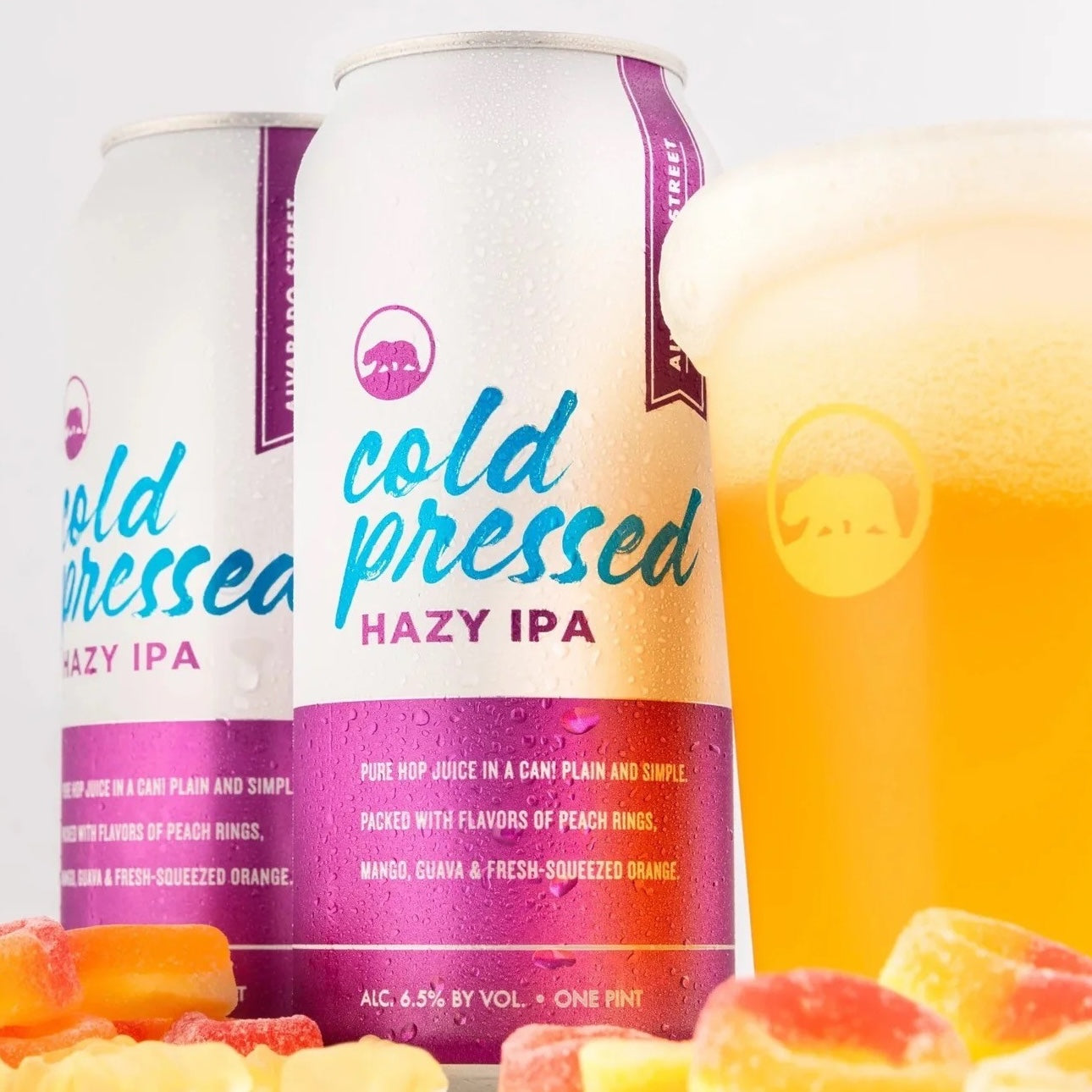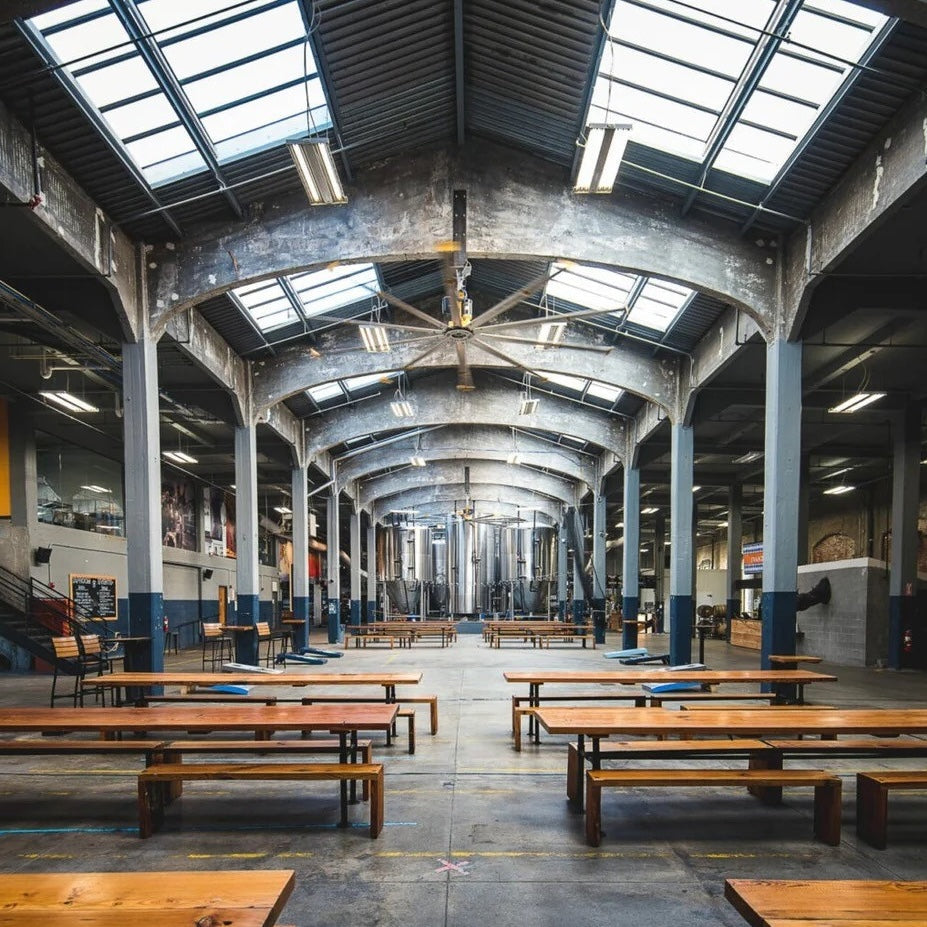There’s a reason why Fresh Andechs is our best-selling lager strain and a cellar staple in production breweries large and small. Fresh Andechs is a workhorse that outperforms every lager strain. It's bioengineered to make an ultra-crisp, low-sulfur, low-diacetyl beer and it flocculates well, so it’s easy to harvest and repitch. Fresh Andechs is a dream strain with wide utility, able to create incredibly clean lagers and IPAs with a crisper and lighter profile.
Read more about how Fresh Andechs and our other Fresh strains are powering medal-winning beers.
The Versatility of Fresh Andechs
Fresh Andechs is suited for a “truly massive range of styles,” says our head of production, Michael Meier, from bright and dry pilsner to a festbier, West Coast pilsner or IPA, amber ale and more. It provides the ideal canvas for the brewer to be the chef.
“It offers a nice balance of subtly accentuated malt aroma in a crisp package, but it’s also at home in recipes tailored to produce richer, malt-forward styles of beer,” Meier says.
Lager strains like their comfort zones; raise the temperature too much, and strains can produce excess esters and sulfur. Fresh Andechs rarely stresses out. It’s equally comfortable in colder conditions and temperatures that climb above 60 degrees Fahrenheit. Might we suggest loading the fermentor with hops and making a bright IPA with Fresh Andechs? The strain provides no stress on brew day.
Questions or feedback for Michael? Email michael@berkeleyyeast.com.
